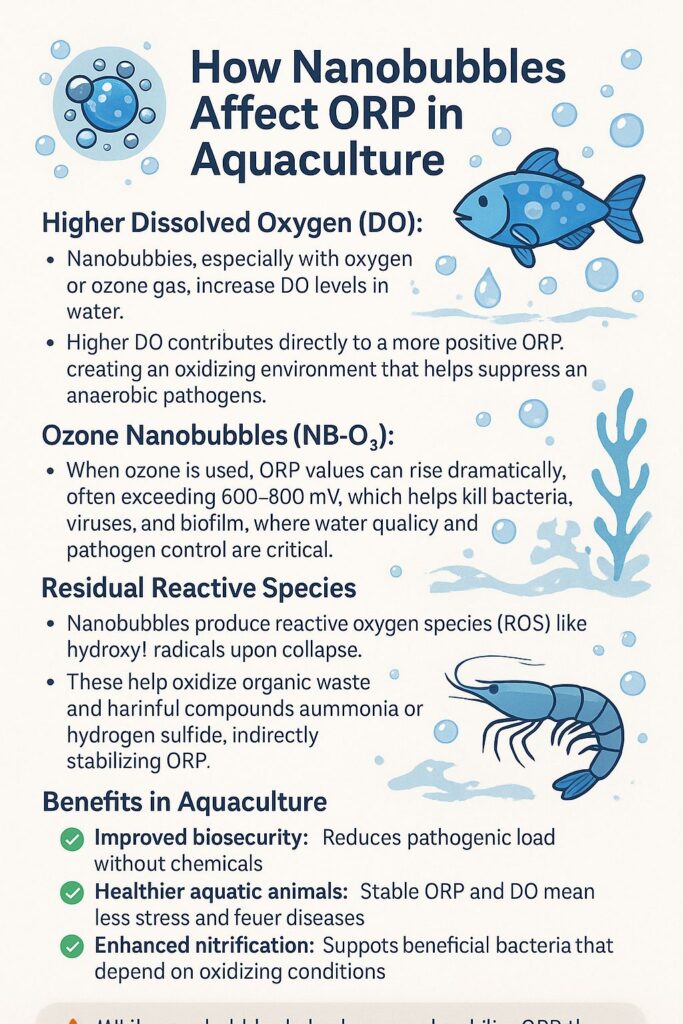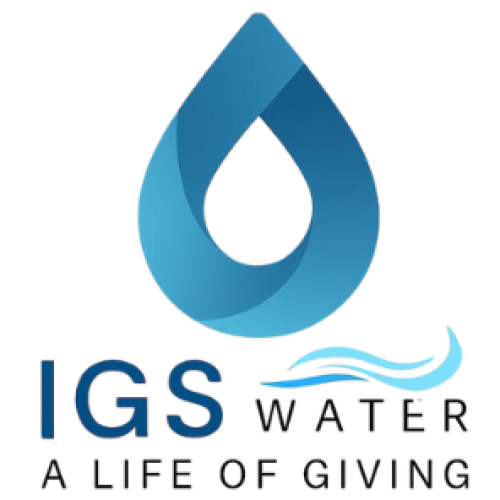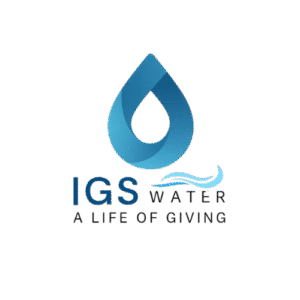Aquaculture professionals are constantly searching for sustainable, chemical-free ways to maintain water quality. One powerful tool gaining traction is nanobubble technology. When applied effectively, nanobubbles can dramatically improve oxidation-reduction potential (ORP) — a key indicator of water health.
Let’s break down how this works and why it matters.
💧 Higher Dissolved Oxygen (DO) = Better ORP
Nanobubbles infused with oxygen or ozone increase dissolved oxygen levels in water. Why is this important?
Because higher DO levels directly contribute to a more positive ORP, creating an oxidizing environment that helps suppress anaerobic pathogens—the kind that thrive in low-oxygen conditions.
🌪 Ozone Nanobubbles (NB-O₃): Supercharging ORP
When ozone gas is used in nanobubbles, the ORP can skyrocket — often exceeding 600 to 800 mV. That’s high enough to help:
- Kill bacteria, viruses, and biofilm
- Maintain excellent water quality
- Support pathogen control without relying on chemicals
🐟 Key Benefits for Aquaculture
Here’s how nanobubbles give aquaculture operations a boost:
✅ Improved biosecurity – Lowers pathogen load naturally
✅ Healthier aquatic animals – Stable ORP and DO reduce stress and disease
✅ Enhanced nitrification – Encourages beneficial bacteria that thrive in oxidizing conditions
In Summary
Nanobubble technology is transforming how we manage water in aquaculture. By boosting ORP, increasing DO, and reducing harmful compounds, nanobubbles support a safer, healthier aquatic environment—and they do it all without chemicals.
If you’re in aquaculture and looking to improve biosecurity and water quality, nanobubbles may be exactly what your system needs.


